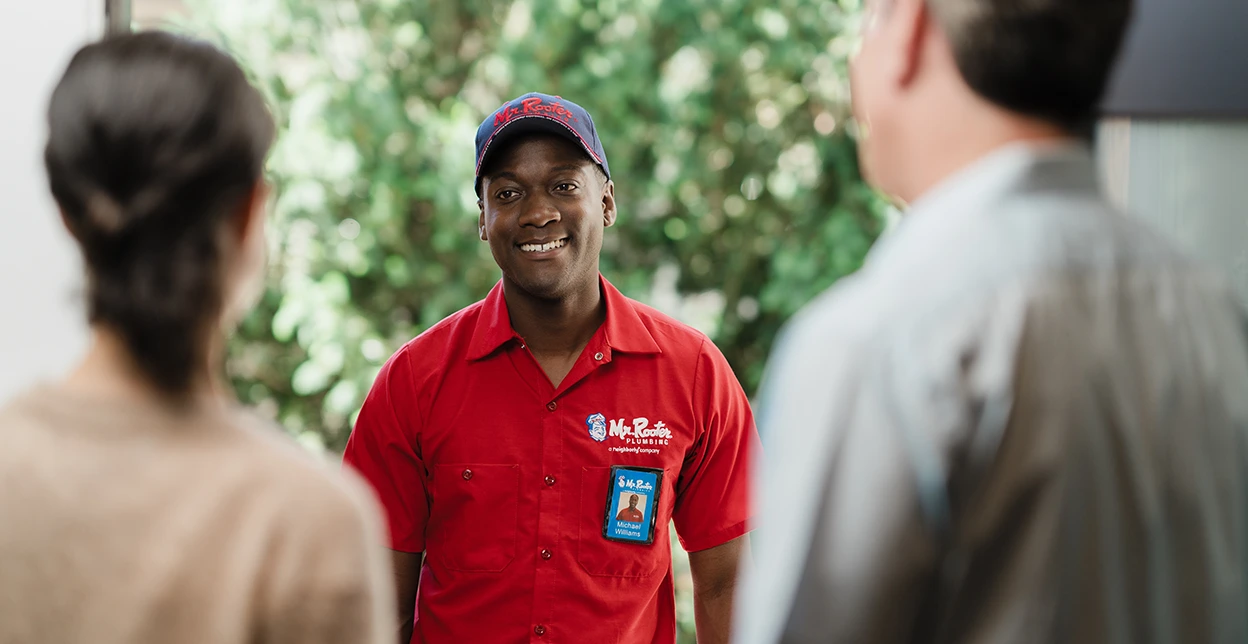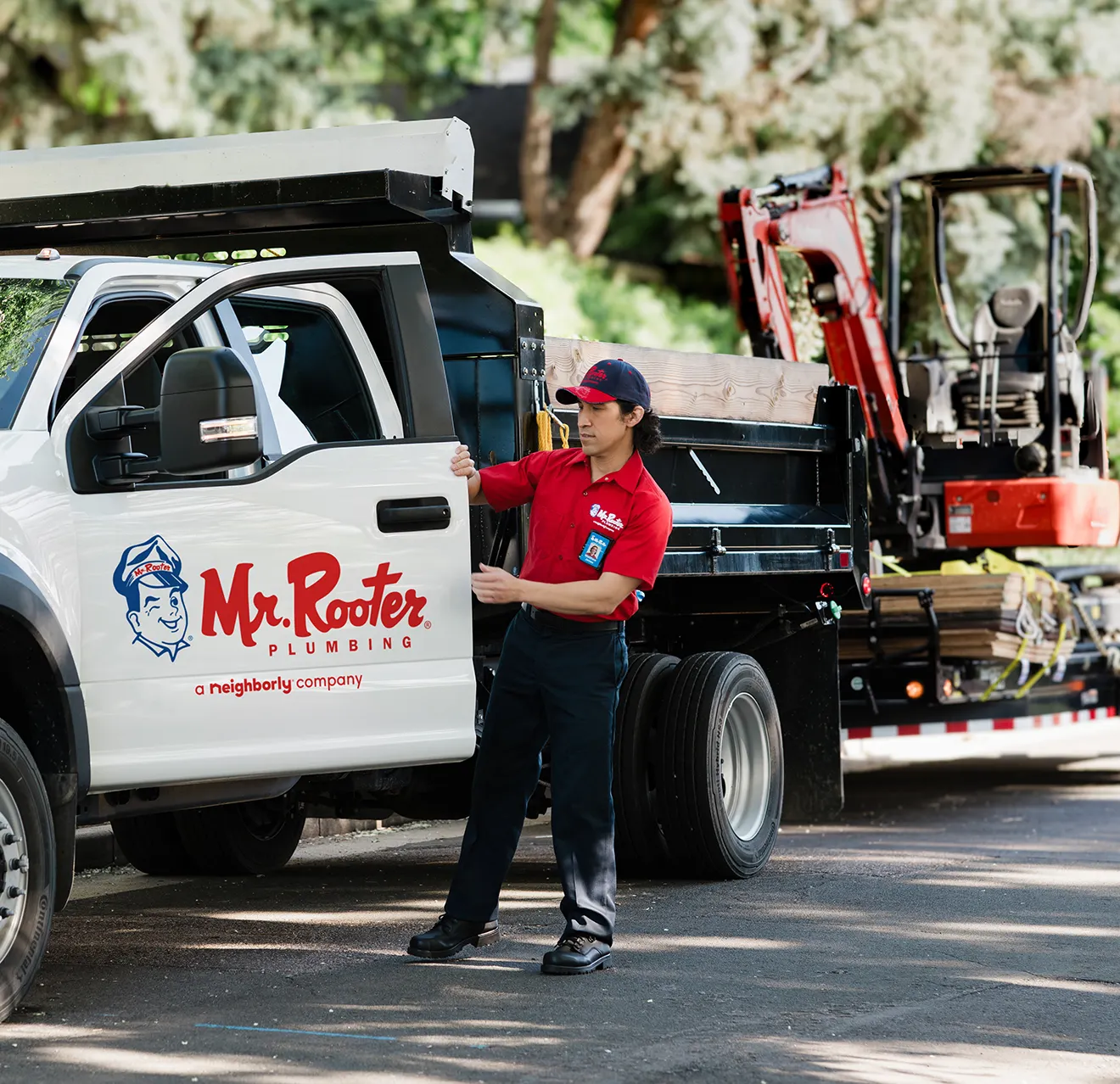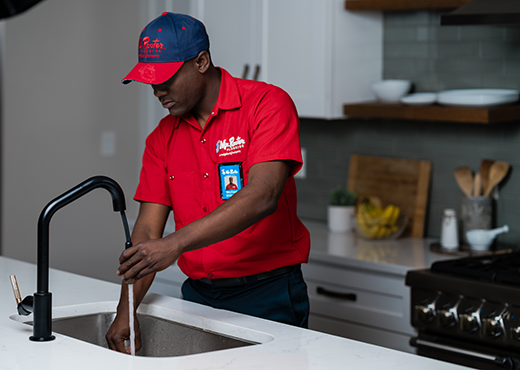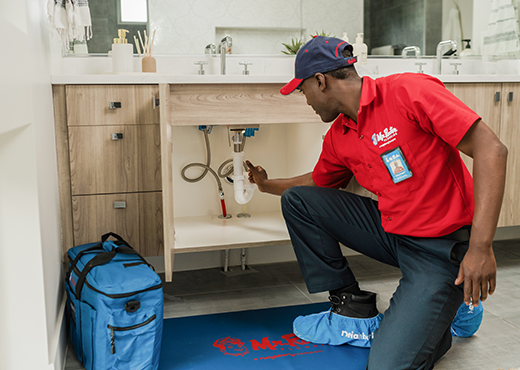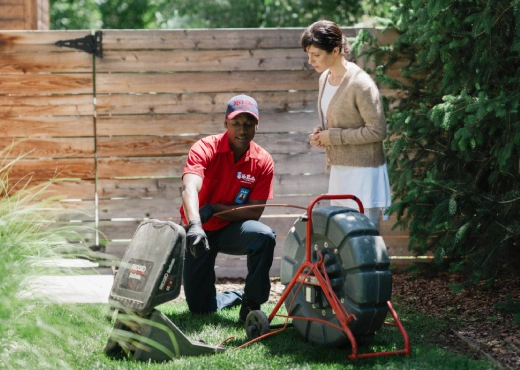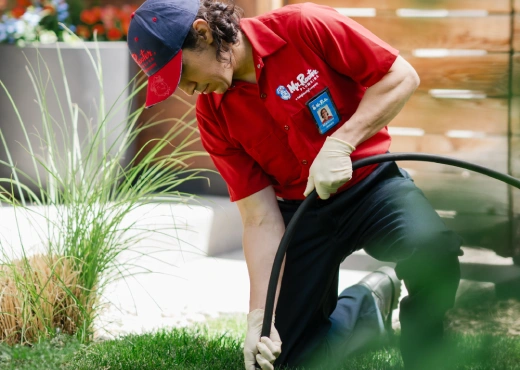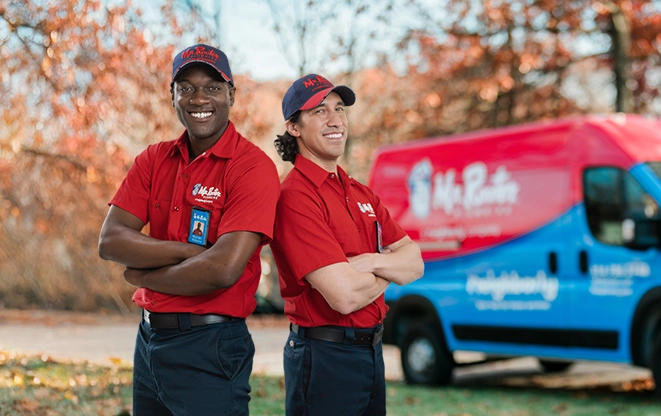A video sewer camera inspection is a plumbing diagnostic tool that allows plumbers to visually inspect the inside of pipes and sewer lines. The process involves inserting a small, waterproof camera attached to a flexible cable into the pipe or sewer line. As the camera travels through the pipe, it sends live video footage to a monitor, allowing the plumber to see the condition of the pipe and identify any issues that may be causing plumbing problems.
Video camera inspections are useful for identifying a wide range of plumbing problems, including blockages, cracks, corrosion, leaks, and root intrusion. They can also help plumbers locate the exact location of a problem within a pipe or sewer line, making repairs and replacements faster and more accurate.
Some of the benefits of video camera inspections include:
- Precision: Video camera inspections allow plumbers to see the exact location and extent of a sewer line issue, which can help them to make more precise repairs.
- Time-saving: With video camera inspections, plumbers can quickly identify the cause of a plumbing problem without having to perform extensive excavation or other diagnostic tests.
- Cost-effective: By identifying the source of a plumbing drainage problem quickly and accurately, video camera inspections can help to minimize the need for costly repairs and prevent further damage to your plumbing system.
Video camera inspections as part of your trenchless sewer line replacement services are crucial, allowing our technicians to diagnose the issues with precision, speed, and efficiency.
Pipe Lining:
This trenchless sewer line repair method is also known as cured-in-place pipe (CIPP) lining. It involves inserting a flexible, epoxy resin-coated liner into the broken sewage pipe. The epoxy pipe lining is then inflated and cured with hot air, steam, or UV light, creating a new, seamless drain line within the old one.
Benefits Of Pipe Lining:
- Minimal disruption to your property and landscaping with two small access holes
- Quick installation time of epoxy lining (usually a few hours)
- Can repair small plumbing issues like cracks, leaks, and holes
- Increases flow capacity
Cons:
- Can be more expensive than pipe bursting
- May not be suitable for severe pipe damage or collapsed pipes
- Requires a clean and dry pipe for optimal results
When to choose Pipe Lining:
- An excellent option when your sewer line has small cracks or leaks
- If you want to avoid a difficult excavation, preventing landscaping damage
- When you need a quick and convenient pipe repair solution
Pipe bursting:
A form of trenchless sewer line repair that involves breaking up the old sewer line and pulling a replacement pipe into its place. A bursting head is placed into the old sewer pipe, which fractures the old broken pipe, pushing it into the surrounding soil. A new polyethylene (HDPE) sewage pipe is then pulled into place behind the bursting head.
Benefits Of Pipe Bursting:
- Can repair severe damage and collapsed sewer line damage
- Increases flow capacity
- Can be less expensive than pipelining for longer sewer lines.
Cons:
- Requires hole drilling
- Can be disruptive to your property and landscaping
- Installation time varies depending on the length and complexity of the sewer line.
When to choose Pipe Bursting:
- If your sewer line has extensive damage or has collapsed, needing a new polyethylene pipe.
- When you have a longer sewer line that needs to be fixed, it's an alternative method of repair
- Cost is a primary concern, then this is a more budget-friendly option
Ultimately, the choice between pipe lining and pipe bursting will depend on the specific needs of your sewer line and your budget and timeline. It's important to consult with our qualified plumbing professionals to determine which trenchless replacement option is best for you. Call us today. Trenchless sewer line replacement is now a seamless and fast service that you can have done, allowing you to get back to the things that matter.
